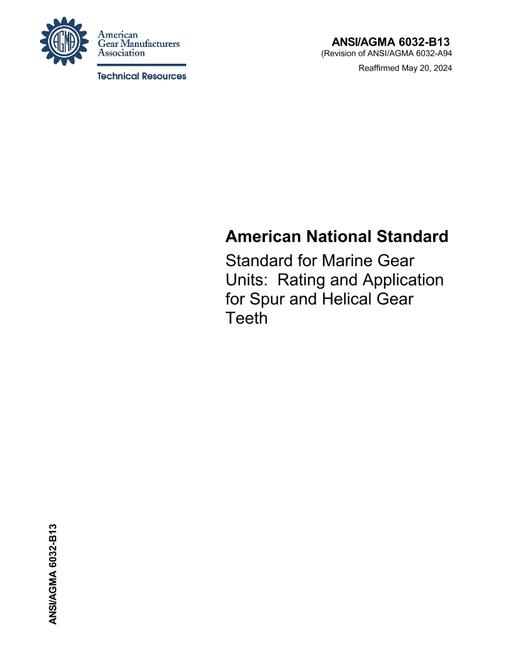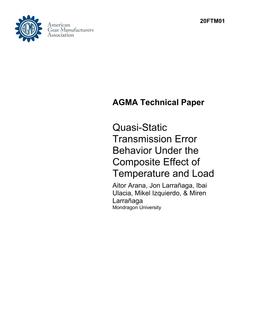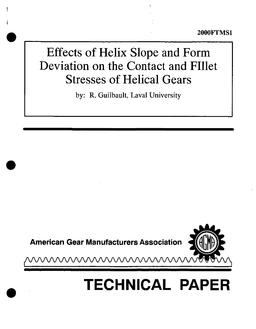-
-
Available Formats
- Availability
- Priced From ( in USD )
-
Available Formats
-
- Immediate download
- $85.00
- Add to Cart
-
- Printed Edition
- Ships in 1-2 business days
- $85.00
- Add to Cart
Customers Who Bought This Also Bought
-

AGMA 6034-C21
Priced From $310.00 -

AGMA 6032-B13
Priced From $310.00 -

AGMA 20FTM01
Priced From $85.00 -

AGMA 2000FTMS1
Priced From $47.00
About This Item
Full Description
Predicting scuffing risk is a critical factor when designing high speed gears. In years past, scuffing risk was not calculated for gear tooth ratings for through hardened gears. Now, case hardened gears allow higher tooth loads making it necessary to calculate scuffing risk. AGMA and ISO application standards rate only macropitting and bending fatigue resistance. Both AGMA and ISO provide information sheets and technical specification reports, but neither provides a specific design standard for assessing scuffing risk.
Scuffing is severe adhesive wear occurring on gear tooth flanks when oil film thickness is insufficient to prevent transfer of metal from one gear tooth surface to the mating gear tooth due to welding and tearing. It usually occurs during startup of new gears thereby requiring design modification, load adjustment, or lubricant change. Nevertheless, it can occur after years of service if the oil deteriorates or load distribution across gear tooth flanks changes.
This paper compares three methods for calculating scuffing risk using performance data for real gears and presents a simplified method that assures accurate prediction of scuffing risk.





